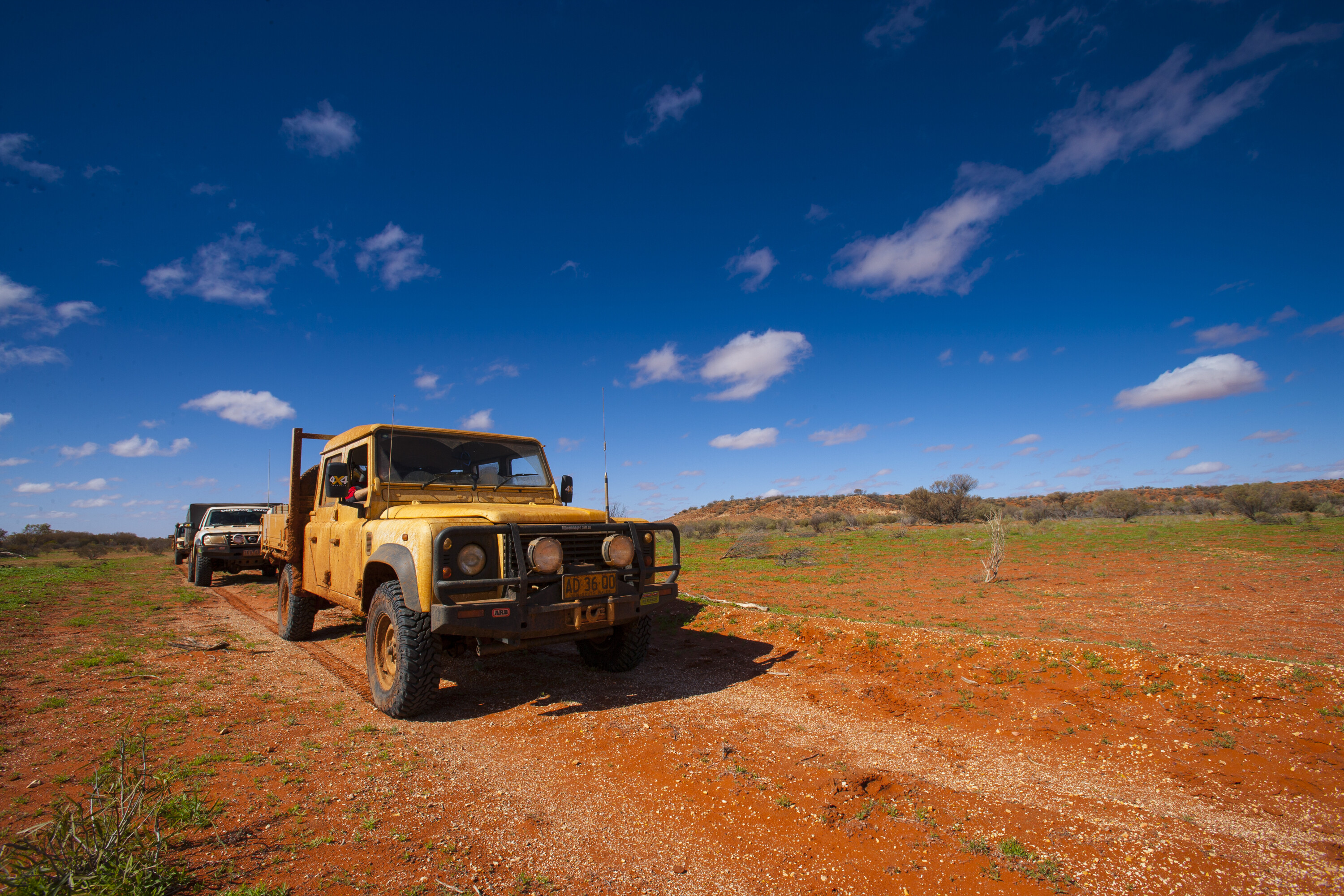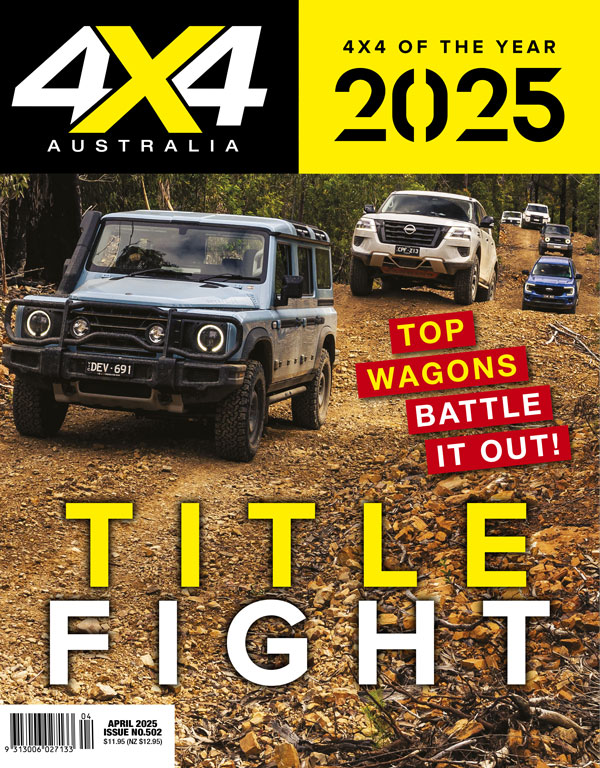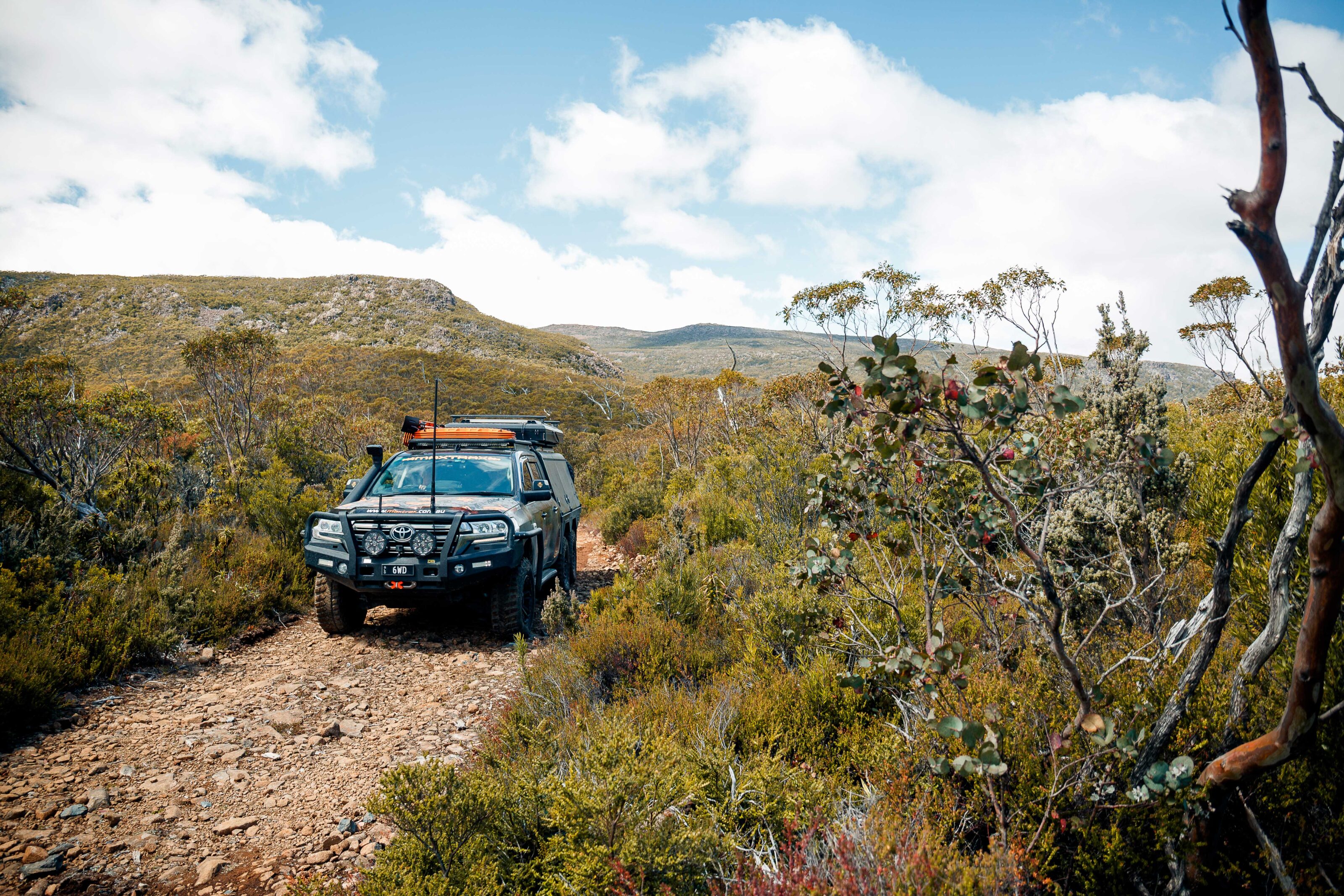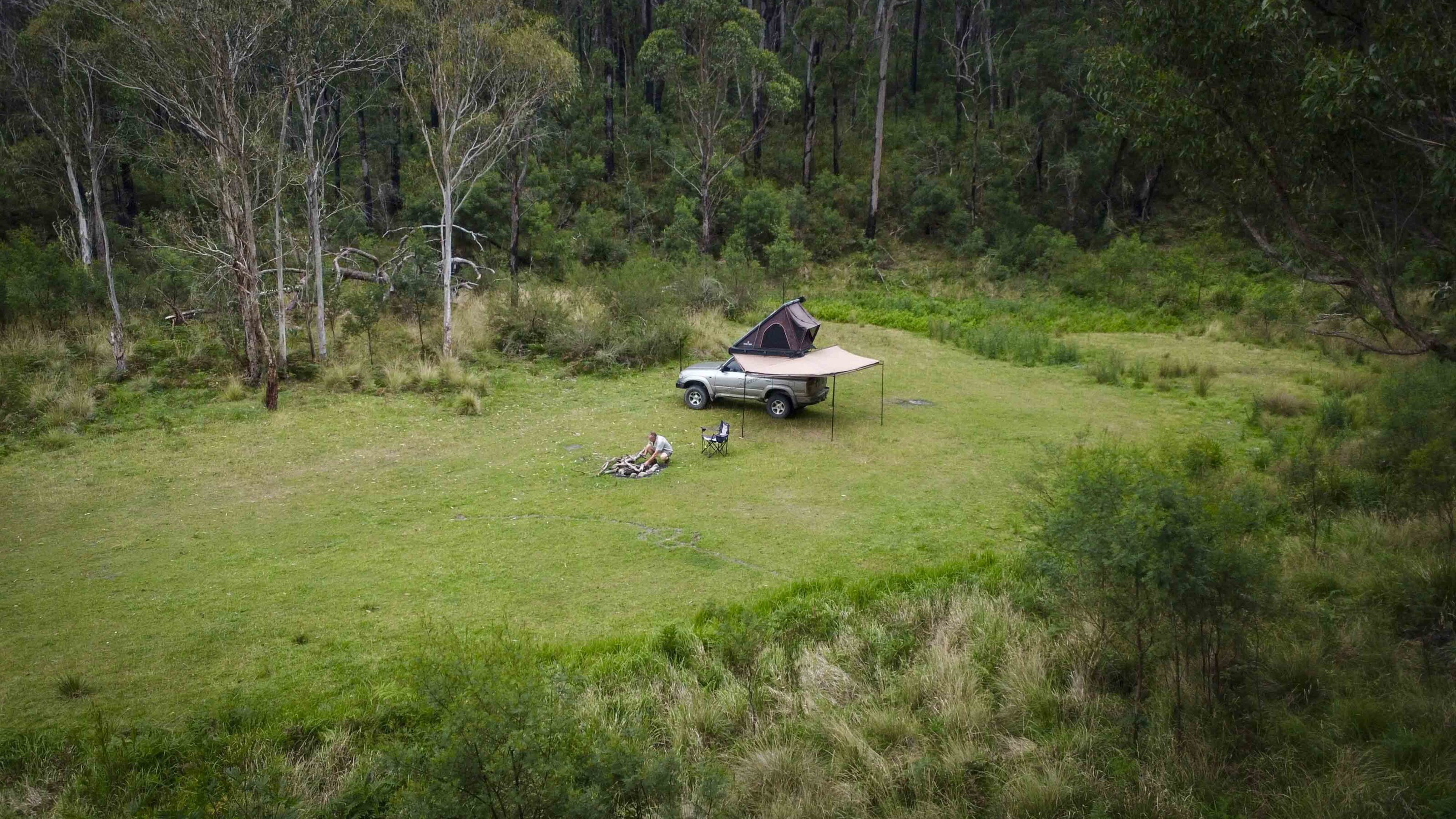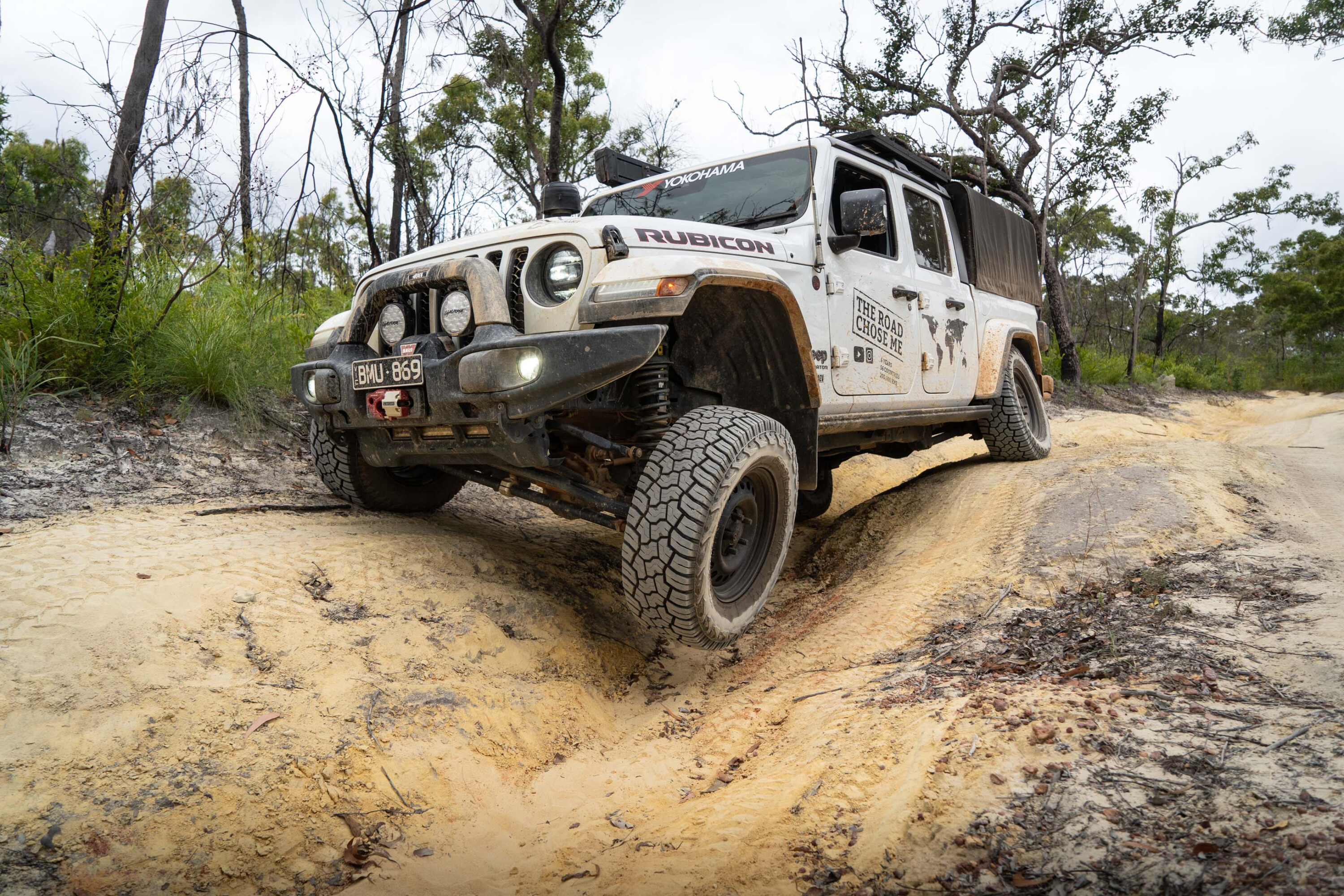500 issues is a milestone that few automotive magazines have lived to see and we’re proud to join that chosen group.
As one of the original and only remaining 4×4 specialty print magazines in Australia we’ve seen a lot of different vehicles, incredible destinations and innovating products all while navigating the scurge of digital and social media.
To mark the milestone we’ve asked some of the most influential people that have played an import part of 4X4 Australia history, to tell us about their most memorable adventures that thay have had with us.
Ron Moon and Dean Mellor were both long-term editors of the magazine and still play important roles with the title today, while Michael Ellem of Offroad Images has taken more photos and covered more kilometres for the magazine than just about anyone. They speak of three very different adventures in different parts of the world and still inspire to this day.
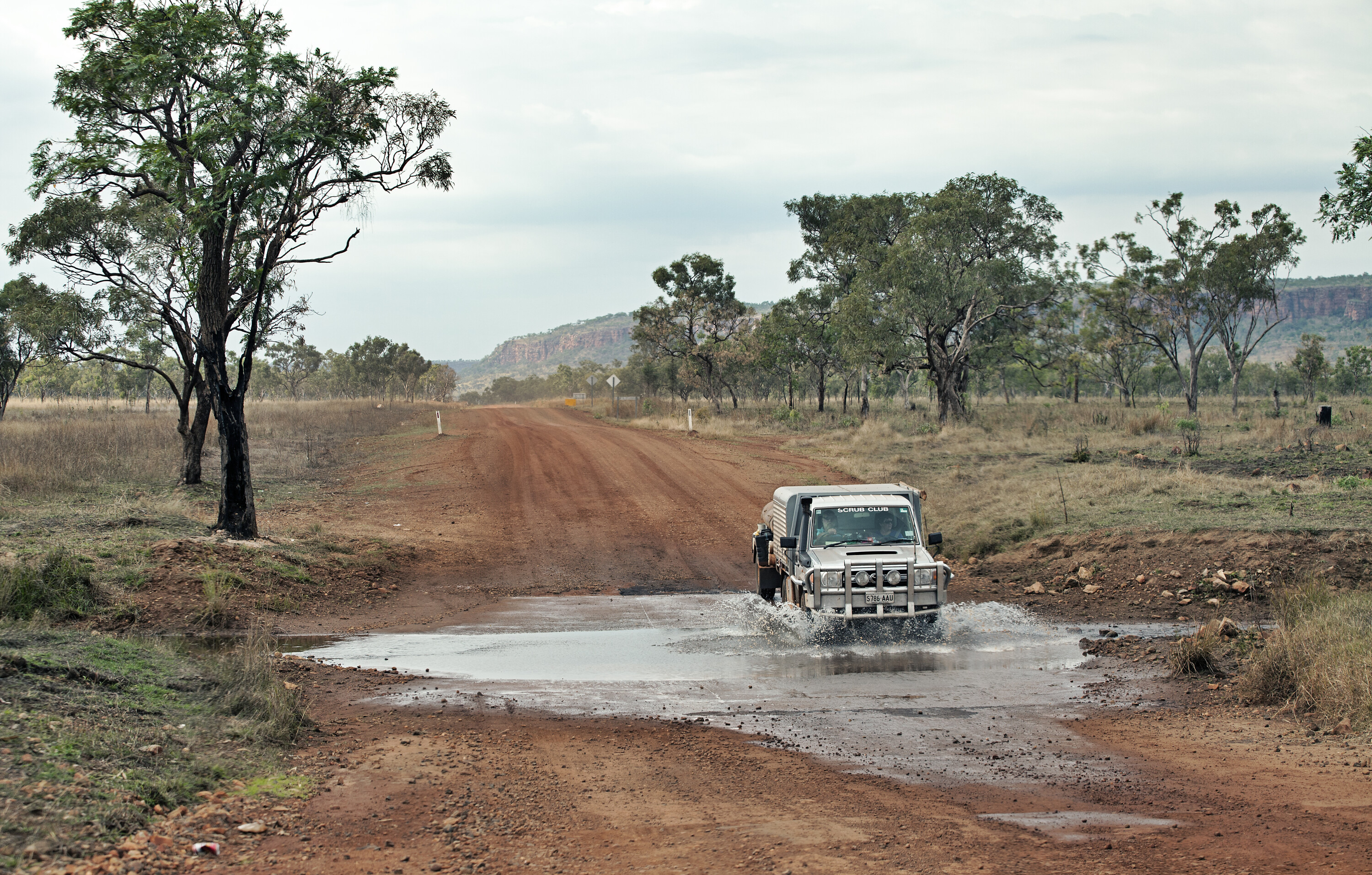
Ron Moon
Moonie remembers some of the incredible adventures he’s had with 4×4 Australia over the past 40 years
Five hundred issues! What an incredible milestone that few other magazines, especially four-wheel drive, and even more general outdoor magazines, have been able to achieve or emulate.
I’ve been lucky enough, privileged even, to have been involved with 4X4 Australia from around issue 40. The second time I wrote for 4X4 Australia, as a freelancer with no fixed address, was when the magazine supplied me with a new Nissan Patrol (an MQ wagon) and told me to go out and test it. I thought, ‘Yes! Now where do I want to go?’ and promptly headed off on a four-week trip up the Canning Stock Route.
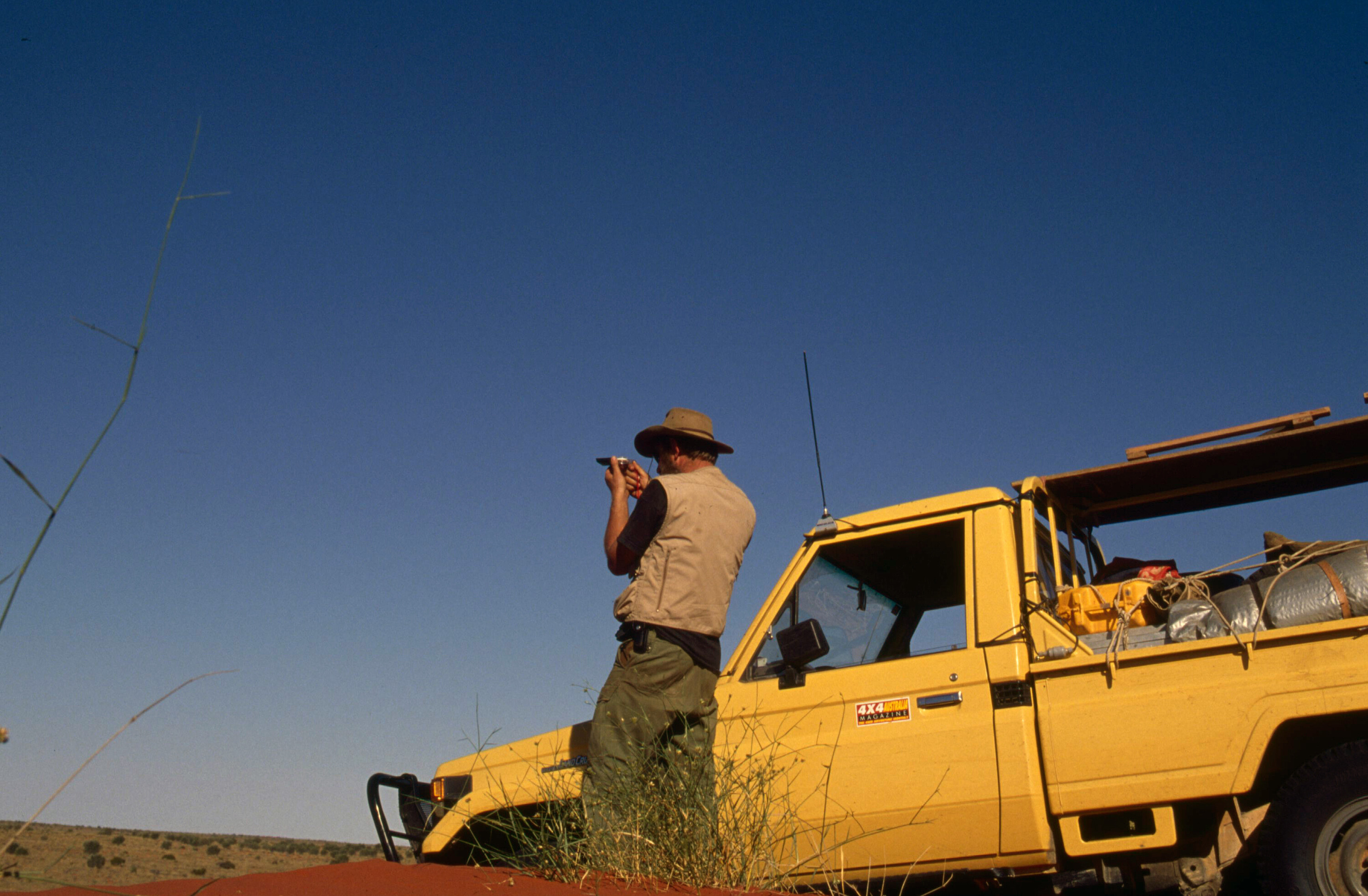
Looking back, one of the good things in the 1980s was once you went bush it was difficult for anybody to contact you; no mobile phones, no satphones, no Starlink and certainly no social media, and it wasn’t until I arrived back to Melbourne that the boss told me that press-vehicle loans were generally only for a week.
But the die had been cast and when, sometime later, I was offered the editorship of 4X4 Australia, I quickly garnished a reputation amongst the vehicle manufacturers and their PR people for taking test vehicles on long forays into our desert country, up to the Kimberley or to Cape York, and a host of other places in-between.
With magazine deadlines becoming what our whole world revolved around, we got used to driving long distances quickly, including Melbourne to Halls Creek in 51 hours and Melbourne to Cairns in 48 hours, often with a trailer in tow and a young kid and a dog in the back seat. But what adventures we had!
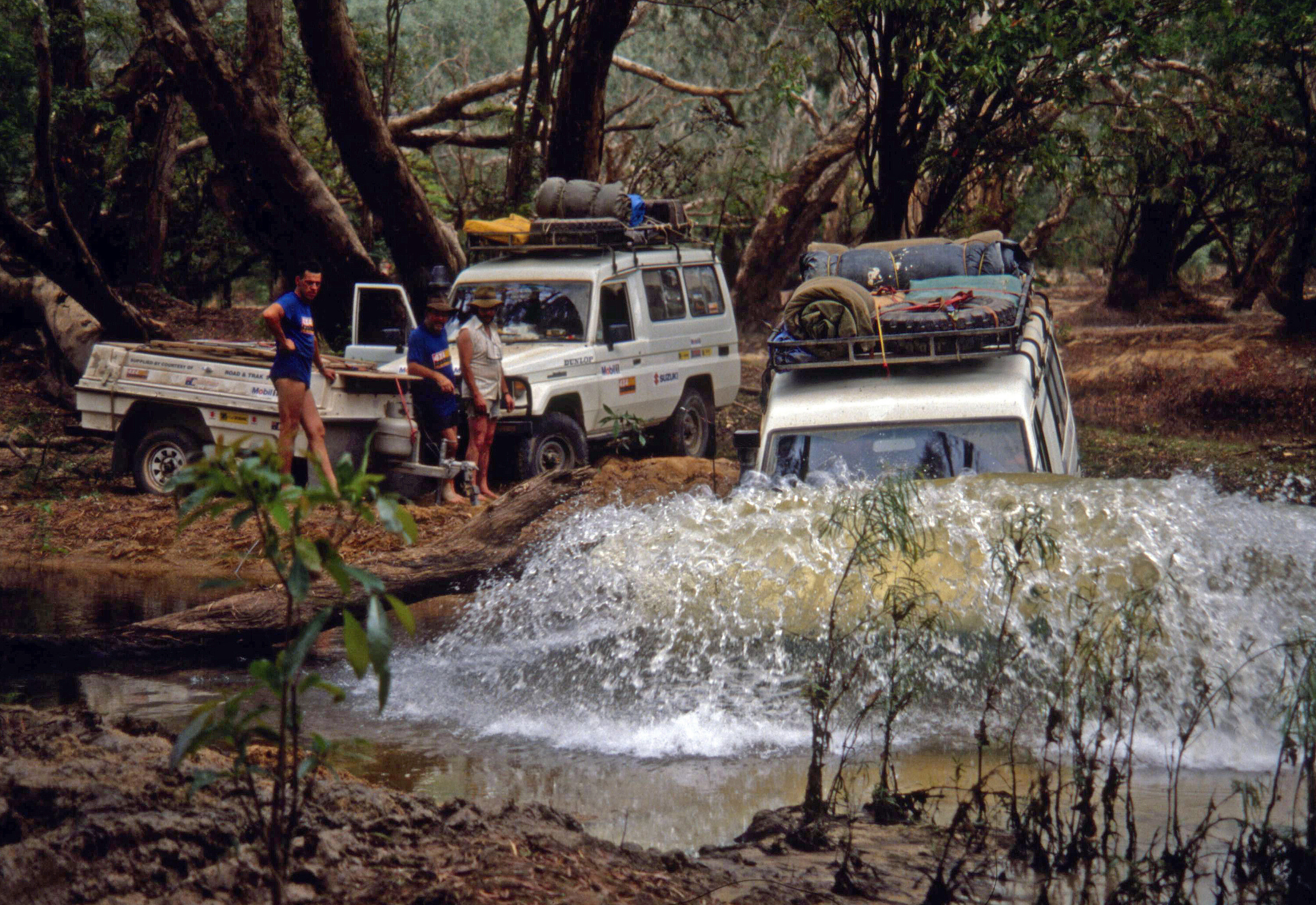
Of all the trips and expeditions we enjoyed, a few stand out as being groundbreaking. Appearing in the December 1989 issue of the magazine was the first of three articles detailing our exploits as we followed in the footsteps of the 1864 Jardine expedition up Cape York.
With us was Grahame Jardine-Vidgen, the grandson of Frank Jardine and the last person to be born at Somerset at the very top of Cape York. Also with us was a film crew from Channel 7 doing live crosses to the morning and evening national news service every couple of days. Much of the travelling was cross- country, and crossing the mighty Archer River, west of the now-called Oyala Thumotang (Archer Bend) NP, was a two-day challenge.
That was followed by a torturous route through the adjoining swamplands; we had two motorcycles scouting the easiest way, but it was neither easy nor quick. A couple of years later we returned to fill in a major gap in our retracing of the Jardine expedition, which took in untracked country south of the Archer River and north of the Holroyd River, our route close to the unmarked boundary of the Pormpuraaw Aboriginal Land.
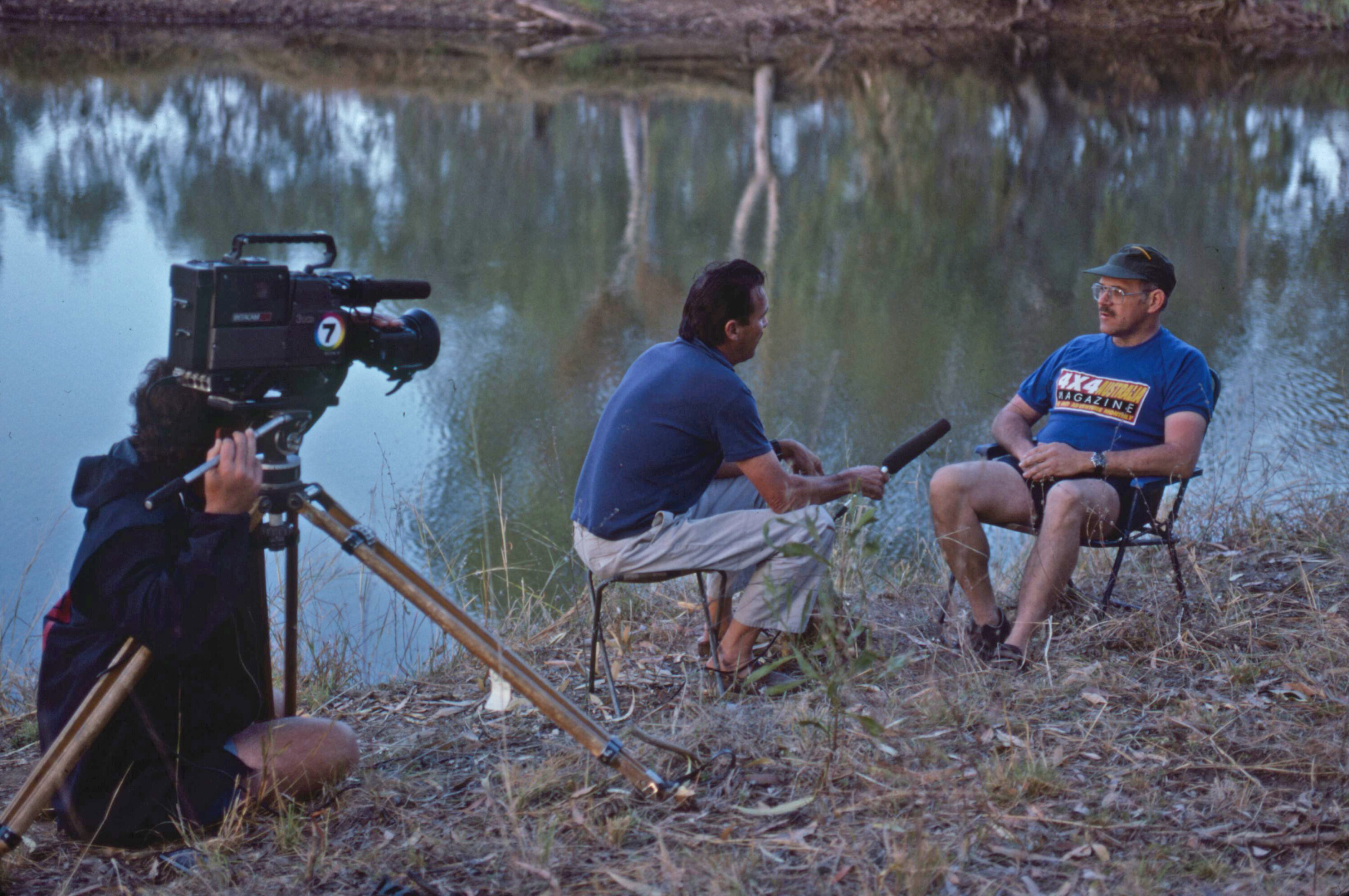
There were some interesting river crossings we had to tackle on that foray. As far as I know, nobody has followed in the footsteps of either of these trips … and I can understand why. But that’s not always the case, with a trip we did across the Madigan Line in the northern Simpson Desert in 1990 now a popular foray for those looking for an adventure.
Maybe 4X4 Australia set the scene for others to follow? Back then the Madigan Line was completely untracked from the time we left the Mac Clark (Acacia Peuce) Reserve on the western edge of the desert until we reached the station track network at Kuddaree Waterhole some 90km NNE of Big Red. I had made a major blunder in regards to fuel usage for the trip, so by the time we got to Kuddaree, we were running on empty.
We drained fuel from the other three vehicles, and pinched their best tyres (we had 52 punctures in the four vehicles on that crossing) to give the Patrol ute the best chance to complete the dash to Birdsville to source fuel. That rescue mission wasn’t helped by the fact that the eastern side of the desert and Eyre Creek was in flood, so we were forced to leave what track network we could find and wander along the sand ridges until we could cross the watery expanse.
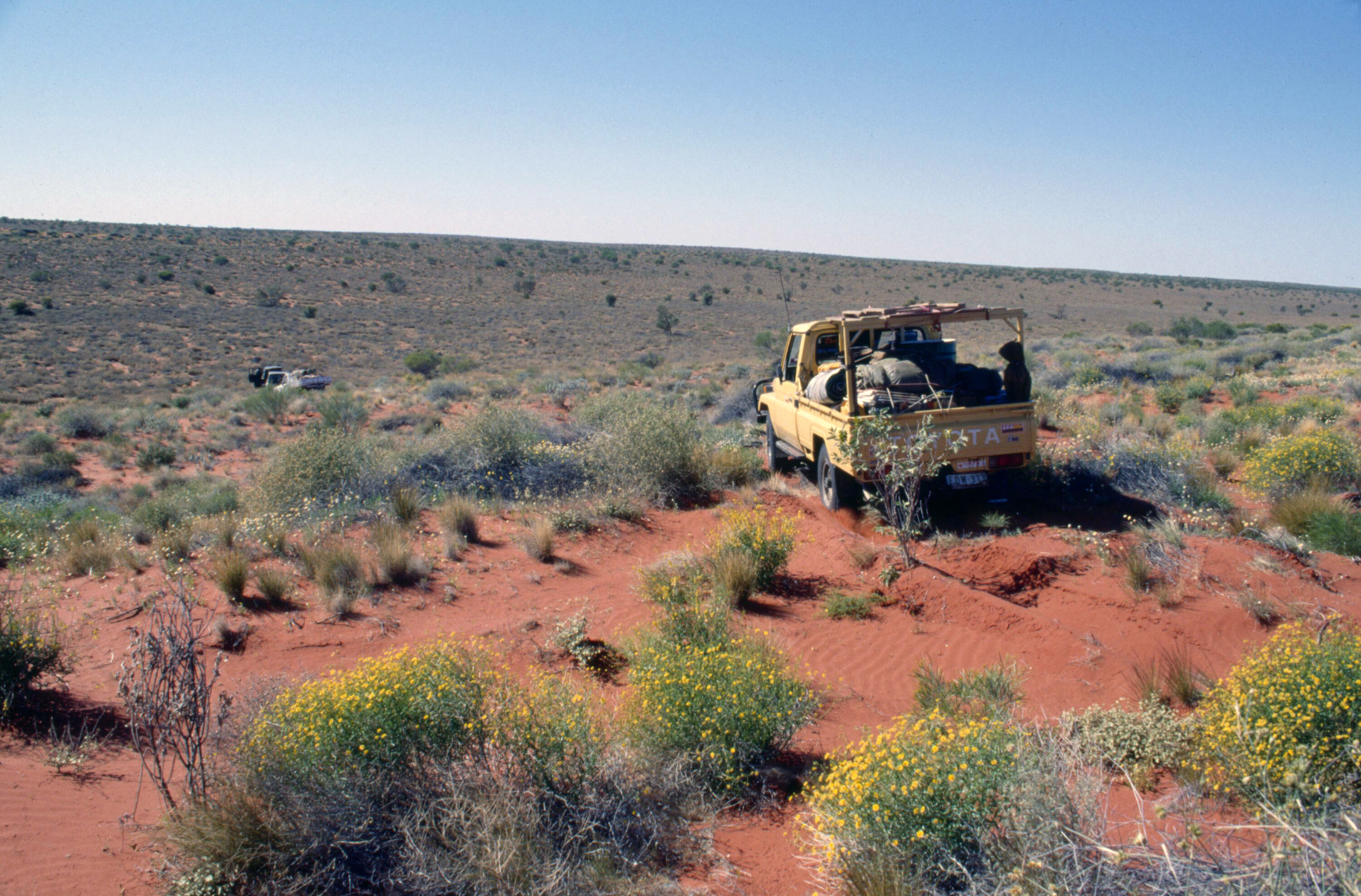
These were just a couple of the adventures I’ve been lucky enough to experience in my time with 4X4 Australia, and nearly 40 years on we’re still writing for the magazine.
These days the expeditions may not be as intense, but they are just as enjoyable; in the last 12 months we travelled the Canning Stock Route (our sixth complete traverse of the route) and followed in the footsteps of the 1844 Leichhardt expedition, which you will be able to read about soon.
What does the future hold? Another 500 issues? That might be a big call but you can rest assured there’s still plenty of great 4×4 content and adventure travel to come from 4X4 Australia.
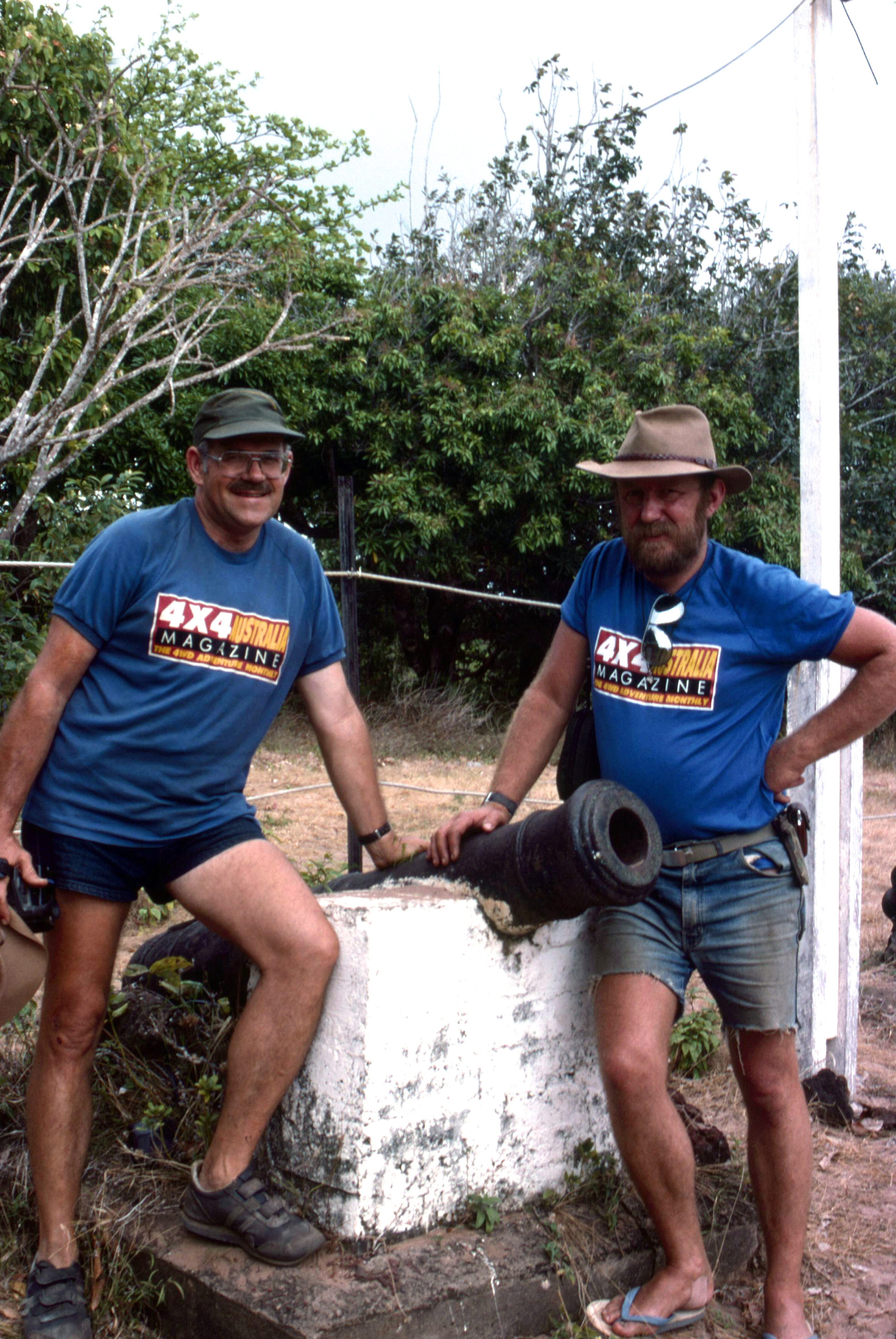
Dean Mellor
I wanted to tell you about my favourite 4X4 Australia trip but Michael Ellem has already put his hand up to tell you about that Madigan Line crossing in 2005, so now I have to write about my second-favourite adventure, which is no easy task after so many trips for the magazine over the past 25 years.
A Range Rover launch in Scotland in 2002? The G4 Challenge in South Africa in 2003? How about a 5000km outback pub crawl in 2004, or Scotland again that same year for a Discovery launch? A trip in 2005 with Ron Moon and a bunch of the magazine’s advertisers following the NT/ Qld border to the Gulf of Carpentaria was a ripper.
As was driving through Bolivia in 2006 with current editor Matt Raudonikis. Then there were three very memorable trips in 2007 including Googs Track with my wife Renata and great mates Brad and Sue Newham, a run to the corner country with ARB and a bunch of overseas journos, and a drive in a kitted-out Wrangler and FJ Cruiser out of Las Vegas and through Death Valley after attending the SEMA Show.
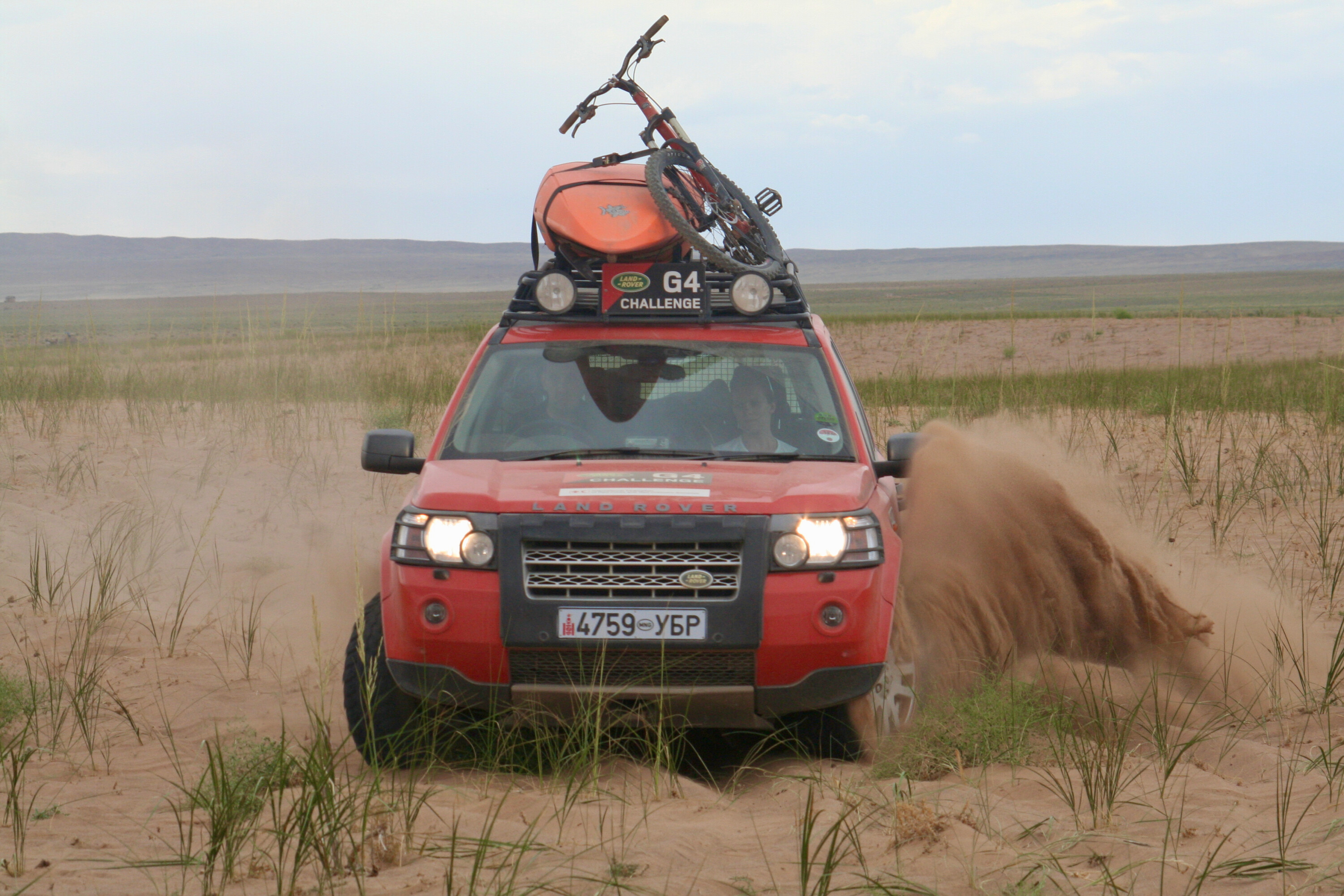
Oh, hang on, I think I have it: Mongolia in 2008 … despite coming home with a sore arse. Remember the Global Financial Crisis, when all of those banks collapsed in the USA sending shockwaves throughout the financial system all over the world?
Well, just prior to the GFC, Land Rover was in the process of organising the next chapter in a very expensive brand- marketing campaign known as the G4 Challenge – this time in Mongolia – and it invited me along on the recce drive for this event The G4 Challenge was essentially a competition for adventurers with two- person teams representing 18 countries competing in various sporting challenges, including off-road driving, kayaking, mountain biking and rock climbing.

The idea behind the recce trip to Mongolia was to show me, along with several other journos from around the world, how the G4 team found suitable locations for the event’s myriad challenges. Mongolia is a land-locked country situated between China to the south and Russia to the north, with an area of 1,564,116km2 and it had a population of less than three million people in 2008 (now 3.4 million), making it the most sparsely populated country in the world.
There is a huge variety of terrain in Mongolia from rocky deserts, deep gorges and high mountains, to grassy plains, crystal-clear lakes and massive sand dunes. The G4 recce team was headed by a charismatic South African adventurer by the name of Devlin Fogg, a finalist in the 1998 Camel Trophy and a member of the 2004, 2005 and 2006 G4 Challenge set-up teams – he really knew his stuff.
Devlin was joined by G4 climbing expert Fernley Card, who constantly scoured rock formations on which to set up challenging rope courses for future G4 competitors, and Fernley doubled as the recce team’s resident comedian. Land Rover PR specialist Aileen Clarke ensured we all stayed out of trouble, logistics manager and chef John Nicolle kept us well fed, and a couple of locals imparted knowledge of their spectacular country and culture, as well as making sure we didn’t get lost in Mongolia’s expanse.
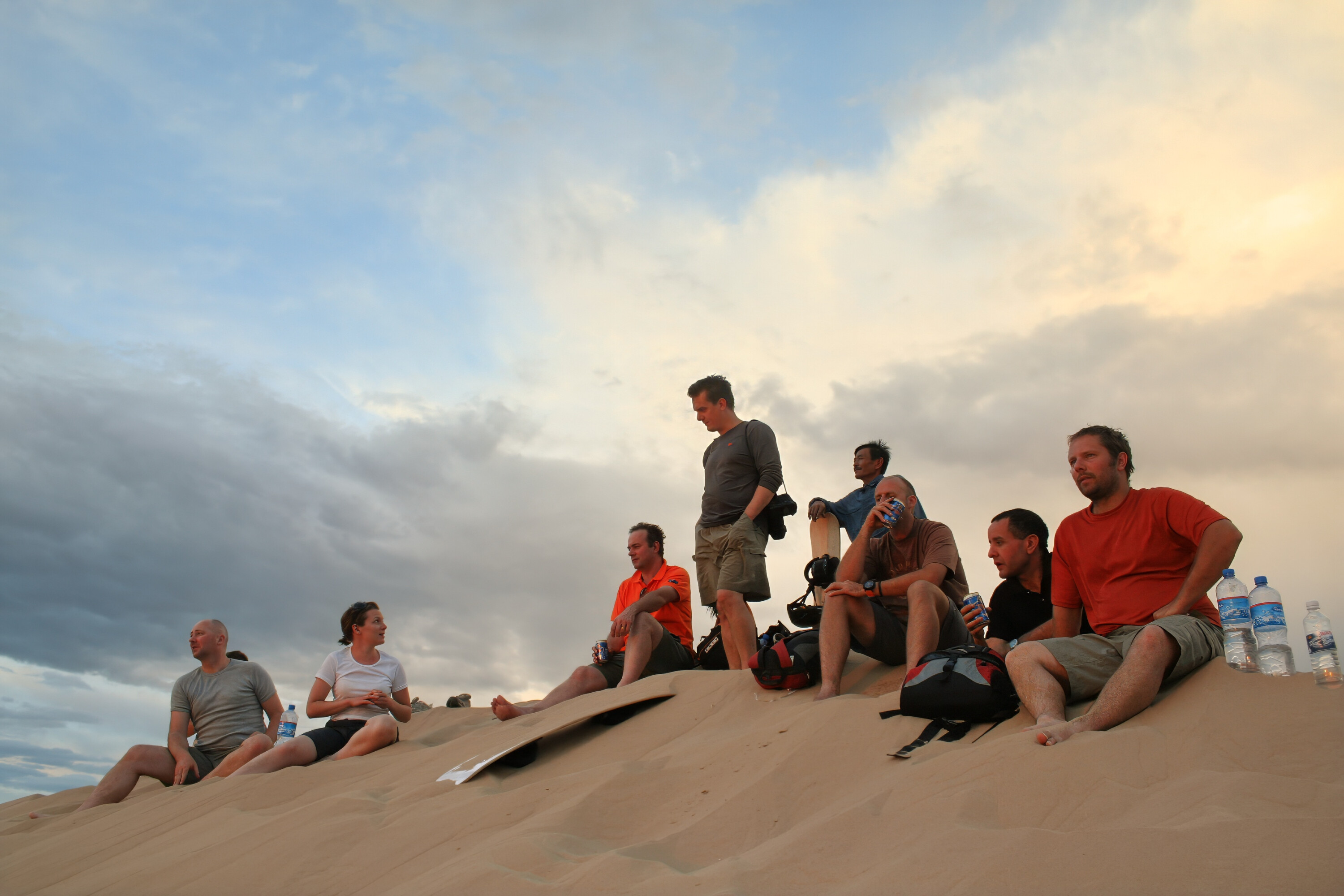
The vehicles we used on the recce were kitted-out Land Rover Freelanders (remember them?) Discoverys and Defenders, all in the striking G4 Tangiers Orange colour scheme synonymous with the event. As expected, the Discoverys and Defenders handled all of the conditions they faced with relative ease. Surprisingly, the single-range transmission Freelanders also made it to the end of the week-long recce, although care had to be taken on tracks with a high crown due to a lack of ground clearance.
I have driven Land Rovers of all types in all parts of the world, and have owned several myself, and I’m pleased to report that I have never been let down by one, although I’m not so sure today’s complicated high-tech Landies would prove equally reliable.
The G4 recce focused predominantly on the southern part of Mongolia, and after flying out of the capital Ulaanbaatar we landed in Dalanzadgad before driving towards the Gurvan Saikhan mountains and then west to the Gobi Desert, before eventually looping back north and then east to the capital a week later.
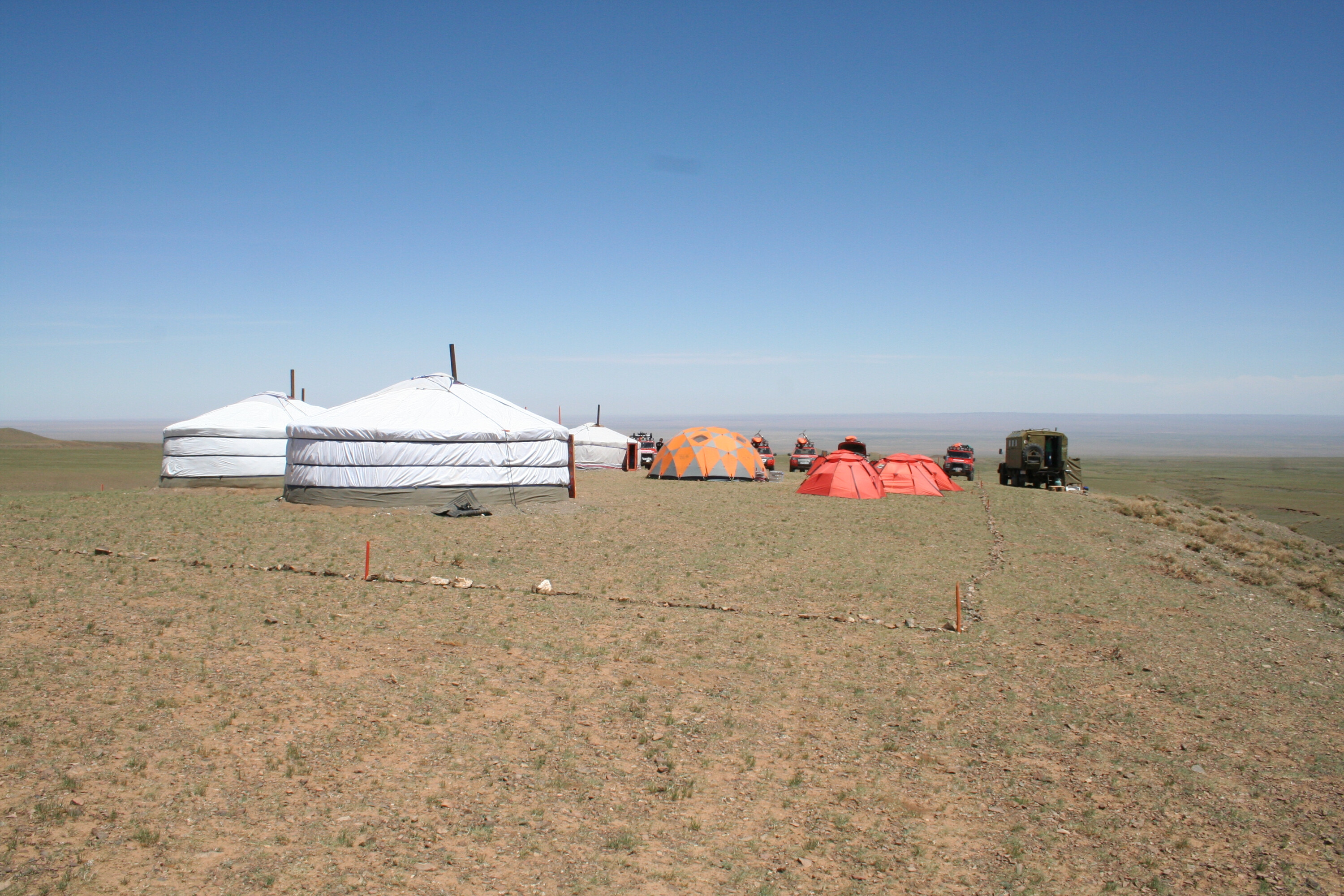
In the Gurvan Saikhan National Park we stopped by one of the most incredible natural phenomena I have ever seen: A permanent icefall (frozen waterfall). The air temperature was in the mid-20s but a lack of sunlight in the deep gorge ensures the waterfall remains frozen throughout the year.
As well as seeing the icefall, there were plenty of other firsts for me on this adventure: I had the opportunity to ride a bactrian (two-hump) camel; I slept in a ger (known as a yurt in Russia); I mountain- biked down the side of a mountain; I rode on a mountain board (like an off-road skateboard); I sampled a power kite; and I drank Chinggis vodka and Chinggis beer.
Oh, and I went sandboarding down a 200m high sand dune and landed on my backside… hard! I picked myself up and repeated the process, only to land on my bruised coccyx (and ego) once again. Another first was almost throwing up in front of Mongolian herders who kindly offered us food and drink as we approached their ger.
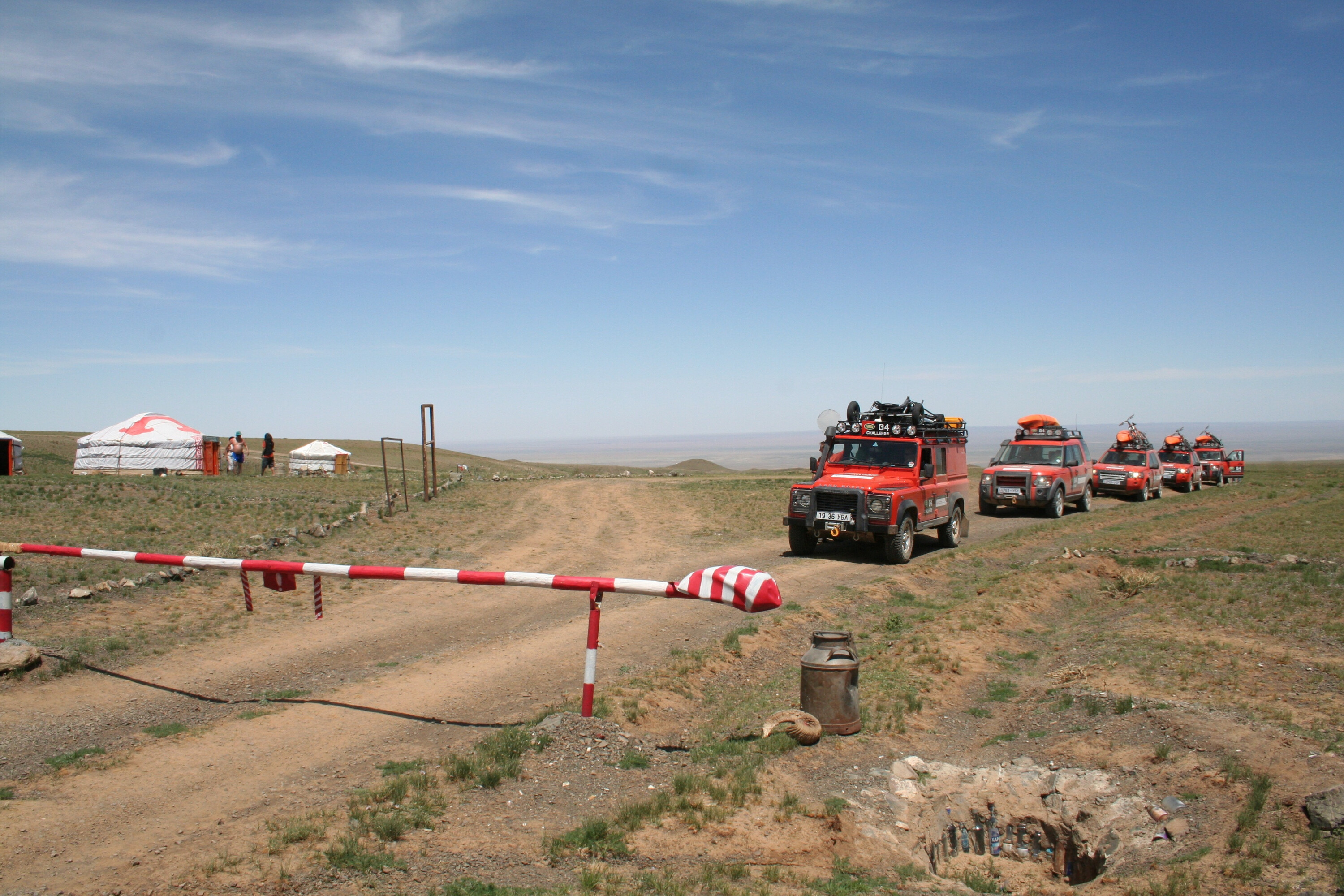
Fernly passed me a block of what he described as local fudge but as soon as I stuffed it in my mouth and immediately realised it was anything but; it was actually curdled goat cheese, and the shock of it had my eyes watering as I tried to maintain an appreciative smile in front of the nomads.
I told you Fernley doubled as the resident comedian … Not long after my somewhat painful return to Australia (it’s a long flight with a bruised coccyx, let me tell you), Land Rover announced the cessation of the G4 Challenge due to the GFC and impending economic downturn, so I feel very privileged and fortunate to have taken part in this Mongolian adventure, but what exactly was it that made this my second favourite trip?
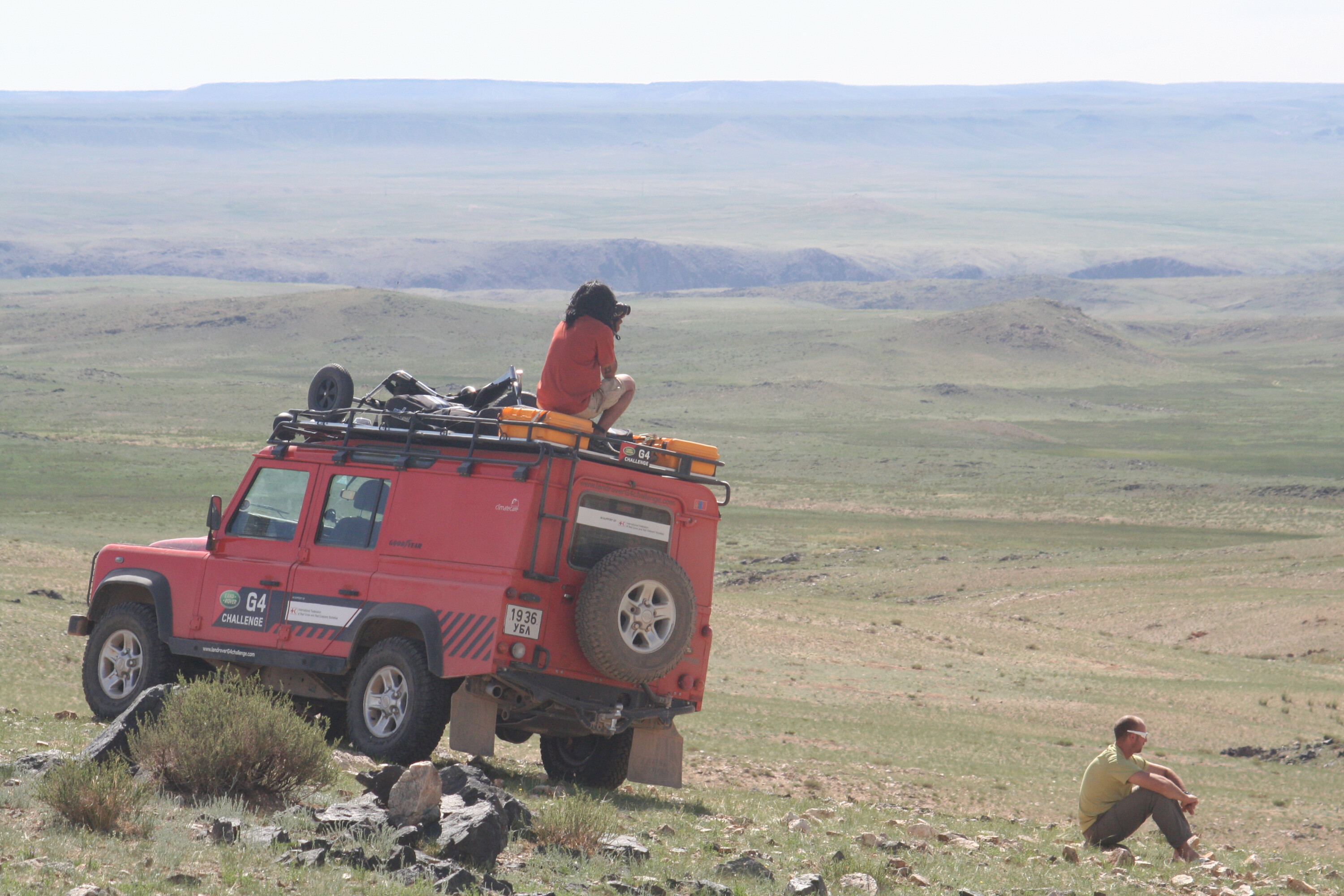
Not any one thing, but a combination of factors … I loved seeing the spectacular country, experiencing the rich culture and witnessing the nomadic lifestyle of the Mongolian herders. And I thoroughly enjoyed driving the fleet of bright orange G4 Land Rovers, drinking the Chinggis beer and Chinggis vodka, enjoying the fantastic company, and sampling the local food, but not so much the local fudge.
Oh, and despite a sore arse, knocking the froth off a couple of coldies with mates atop a sand dune in the Gobi Desert was the icing on the cake. It kind of reminded me of a trip I did three years prior… across the Madigan Line in the Simpson Desert. That truly was the best trip ever!
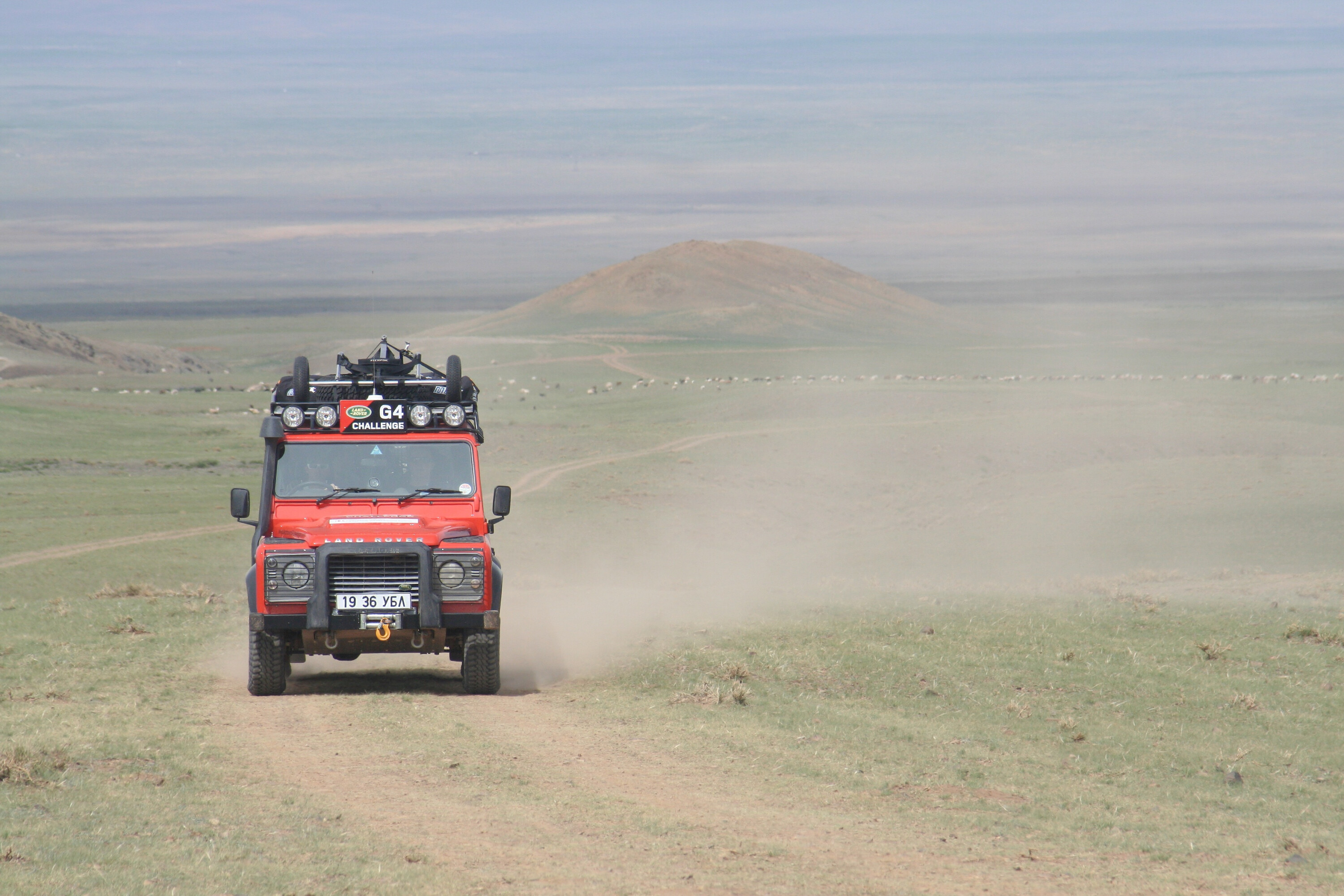
Michael Ellem
This unforgettable trip across the Madigan Line in the Northern Simpson Desert provided plenty of opportunities for photographer Michael Ellem to create spectacular images.
Working as a photographer for 4X4 Australia over the years provided me with a unique opportunity to explore this beautiful country of ours, whilst documenting the crew’s efforts in following the early explorers footsteps in modern 4x4s.
There was usually a fair bit of planning involved prior to each trip, with many discussions taking place building the excitement for the adventure ahead. When the Simpson Desert is mentioned, I usually think of the remoteness of Australia’s Red Centre, but include the two words ‘Madigan Line’ I’m all ears and raring to go.
The decision to drive remote tracks like these requires a fair bit of understanding, but on this trip we would be joined by a small but awesome crew with a really good understanding of outback Australia. Brad Newham used to run the breakdown service in Birdsville and he knows a lot about what can go wrong, and importantly how to perform a bush- mechanic repair.
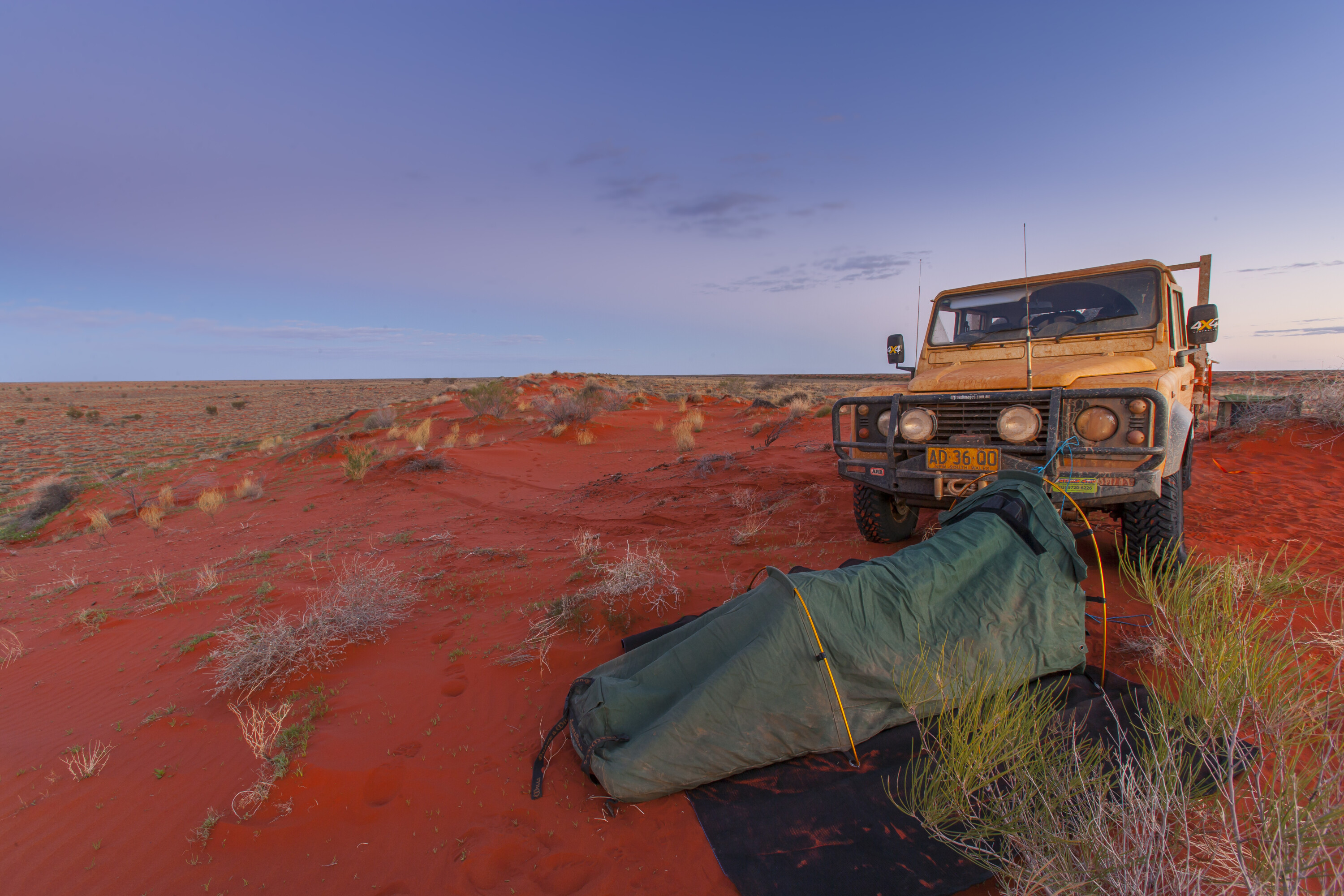
He would be joined by Syd Groves from the ARB products division who also had heaps of outback driving experience. They would be running in Brad’s well set-up GU Patrol ute. Dean Mellor was the editor of 4X4 Australia at that time in 2005, and has been a close friend of mine now for many years, but back then I saw him as an inspiration for me to keep chasing my dreams.
He was the bloke who always understood my need to create imagery, and we certainly did a lot of that during those early years at 4X4 Australia. I was there to document the trip, and also to help with the steering and navigation of the Defender 130 Crew Cab on loan from Land Rover, which was an awesome vehicle. We named it “Mighty Madigan”.
David Cox had plenty of experience in the desert too, and at the time was running the Mount Dare Pub. He and his then-wife Melissa, were to join us in their 75 Series Cruiser. Deano and I left Sydney as soon as I arrived back from another epic trip to Cape York, and we drove nearly non-stop to get to Mount Dare, only stopping for fuel, freshly brewed coffee and a little bit of roadside sleep.
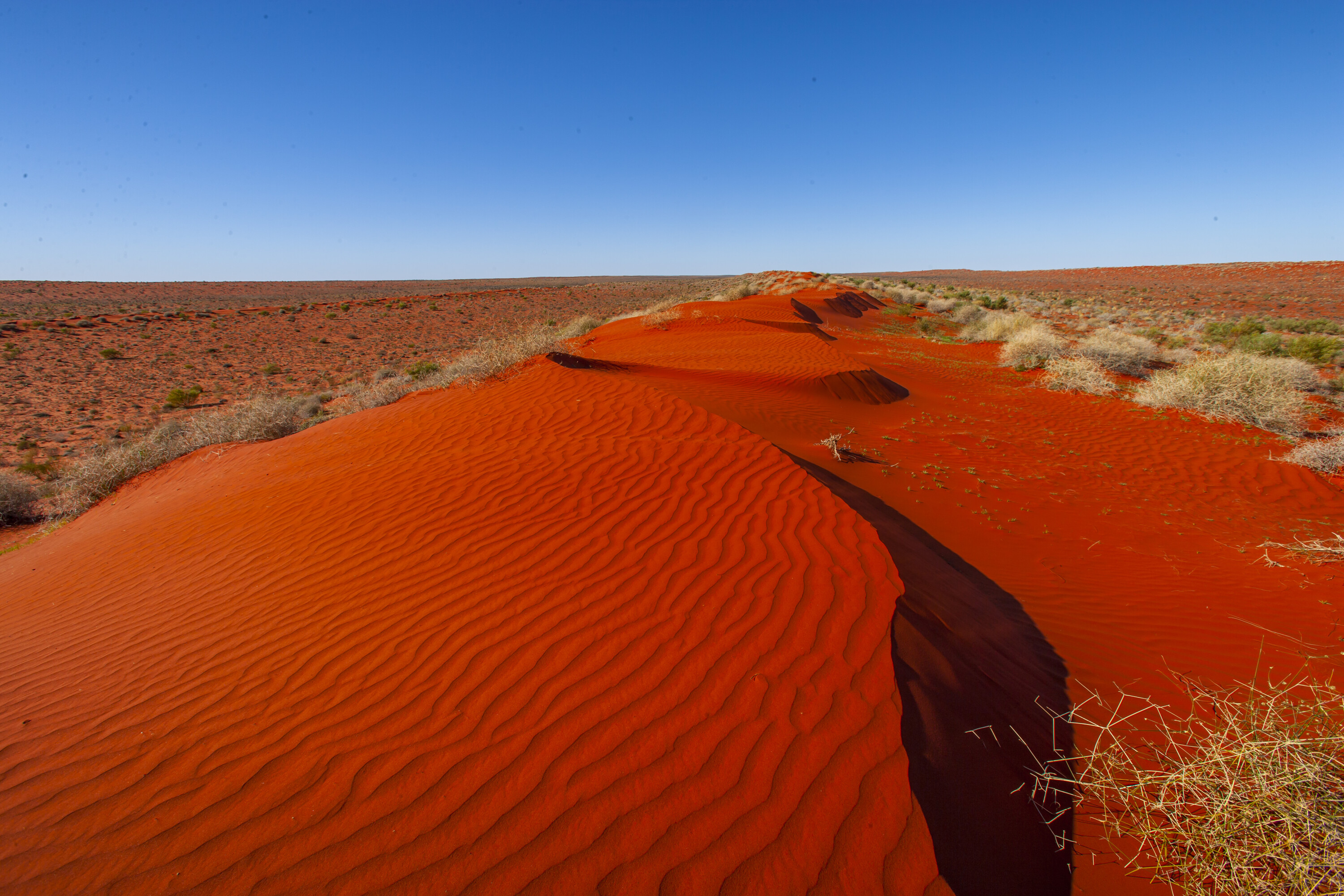
When Deano and I arrived at Mount Dare Station late in the evening, there had been some heavy rainfall, which had filled the rutted track entries to the property. Now I knew the trip across the Madigan Line would be an adventure, but not before we even reached Mount Dare Station!
Well, it didn’t take long to get ourselves stuck deep in the sloppy stuff, but being very proud of Mighty Madigan, and not wanting to cop unwanted Land Rover jibes from the rest of the crew, Deano and I devised a plan to lower the tyre pressures to 8psi and, hopefully, crawl our way out of the slop.
With the lights of the pub clearly visible in the distance, and thirsty for a cold beer before closing time, Deano selected low range first, then second and then third … and away we went. We joined the team at the Mount Dare pub for a cold beer, ready to start the 1000km-plus trip across the northern Simpson Desert in Cecil Madigan’s footsteps.
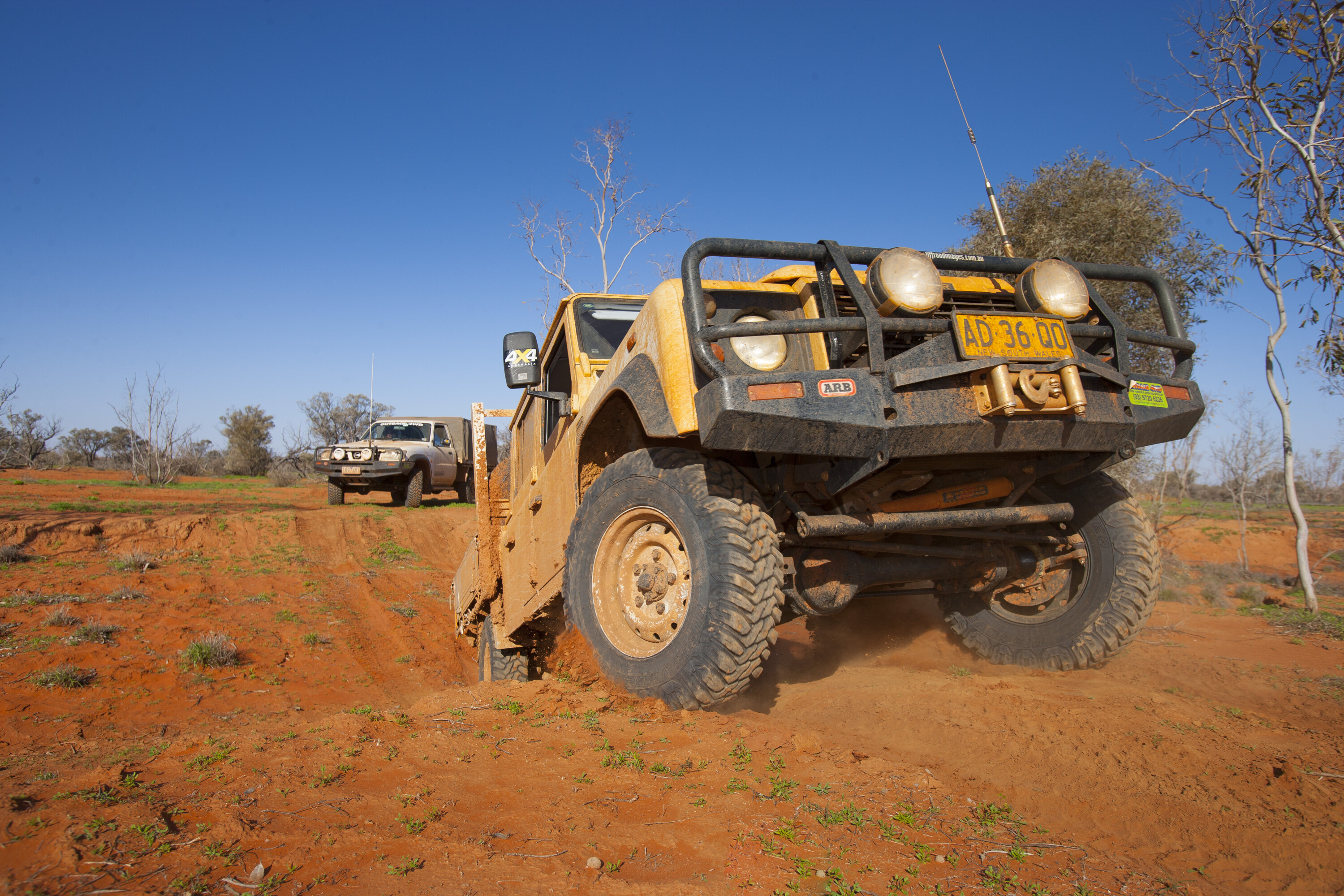
Funnily enough, our pride kept us from saying too much about our adventure that night, but the following day provided us with the evidence that we would need to deal with plenty of mud on our way north through to Old Andado Station.
We had plenty of fuel, food, tools and other supplies carried in each of the utes, which were all well-prepared and not overloaded, but with the track being so muddy, everything was getting covered in red mud, making the vehicles look like they had already completed the epic journey from the very start.
We made great use of every bit of light, creating imagery along the way to both tell this story, and also showcase various products being used in real-world conditions. During this trip across the Madigan Line, the most memorable experience was driving on fresh sand with absolutely no tracks in front of us. It was really hard going with speeds averaging around 10-15km/h at some stages.
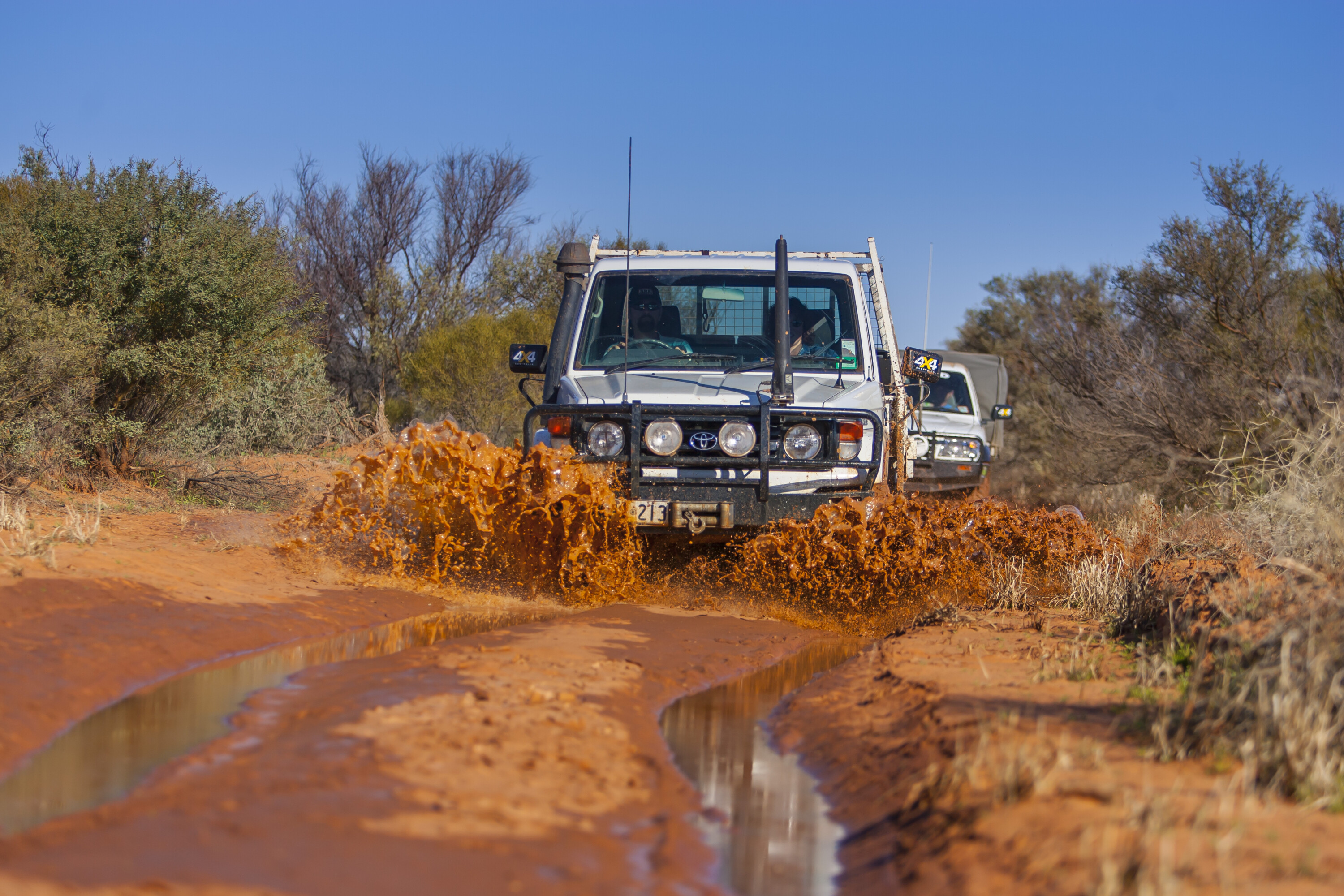
The scenery was stunningly beautiful, with the colours continually drawing my attention away from navigation. We changed tyre pressures a few times to suit the conditions as we headed east, but whilst it was extremely slow going, it was also one of the best track experiences I have ever had.
The team took turns up front and the communication was great, with plenty of banter thrown in to keep everyone amused. We managed to stay on track finding the Madigan’s numerous camps along the way, and we had a blast trying to figure out where we should camp each night. One night on a clay pan, a camel walked straight through camp, stepping between the crew’s swags as it investigated the area.
I was running my MacBook, working on images next to the campfire when I heard something moving. Lowering the screen of my laptop, I saw this huge camel towering over me. It was an amazing experience watching it simply walk off into the darkness minding its own business.
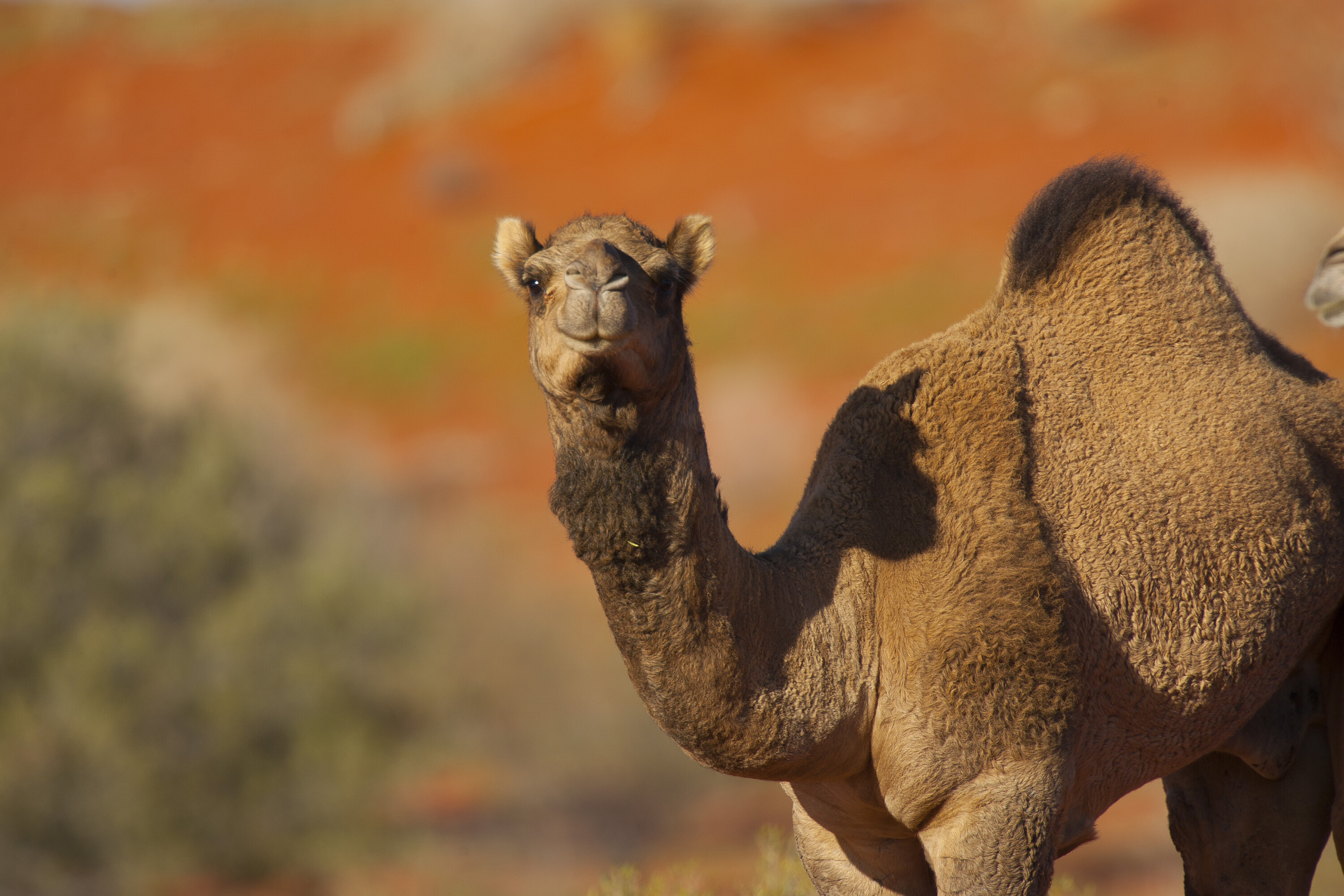
We also managed to capture images of reptiles, birdlife and critters during the journey, but my favourite was what we nicknamed, the ‘Jinky Jinky Lizard’ … a thorny devil, which I found while searching the dunes with a couple of cameras strapped to my shoulders.
It was minding its own business having a feed, so I lay in the sand and created a bunch of images that stand as an awesome example of why people need to head out into these amazing locations for themselves. The colours in the sky built amazing light displays every day, and I never wasted a moment with cameras capturing all of the golden hours.
We did have our share of misfortune, with a couple of aftermarket components on the Defender failing and requiring Brad’s efforts to weld them with a couple of vehicle batteries linked together providing the power. I must admit, after watching this, I decided to learn how to weld myself. It was amazing to watch and capture it all on camera.
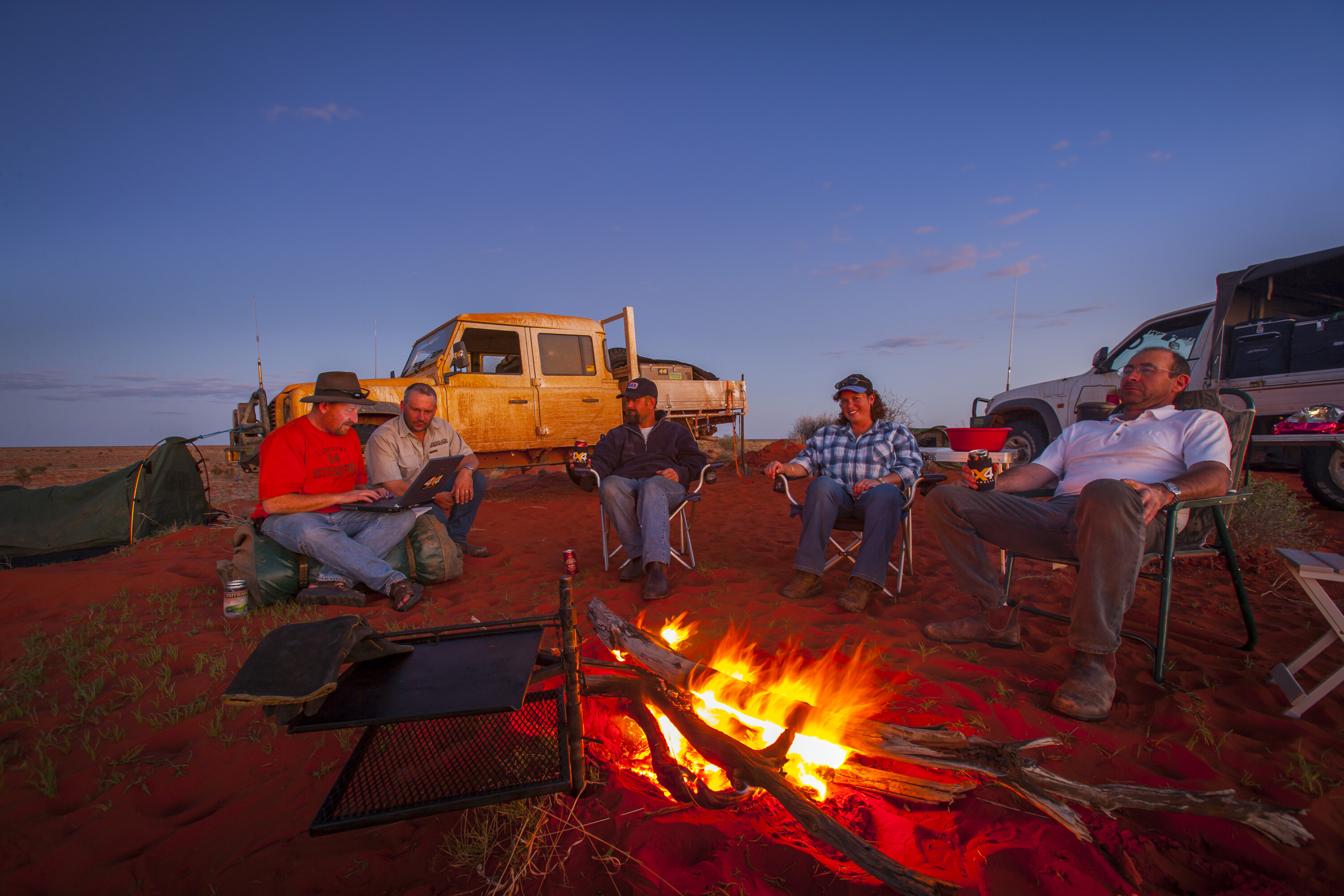
Like any trip, we also had differences of opinion when it came to deciding where to camp. I wanted to be in a spot in which I could create imagery and whilst this worked for me, Syd preferred the concept of being in what he called the “interdunal valleys”.
It was amazing camping in many random places watching the sun go down, and getting up early to witness the changing colours of the Australian outback. We had plenty of camps, not too many dramas and had a bunch of beers around campfires with some great people, building stronger friendships.
The most important thing I took away from this trip was my new understanding for coffee… anywhere. I had no idea that you could make coffee, other than instant coffee, anywhere you are, and without going to too much trouble. Every morning, I would be out and about photographing the landscape and Deano would join me on the dunes with a cup of coffee freshly brewed in a cafeteria on a butane burner.
It was an amazing experience and one which kickstarted my love of coffee … cheers to you Deano. And a huge thank you to the extended team at 4X4 Australia for all your support, adventures and great times shared along the way.

